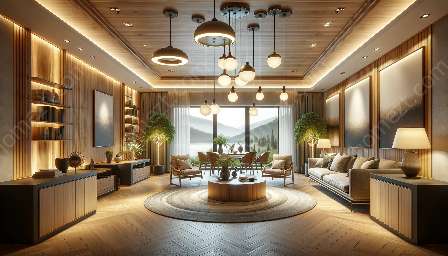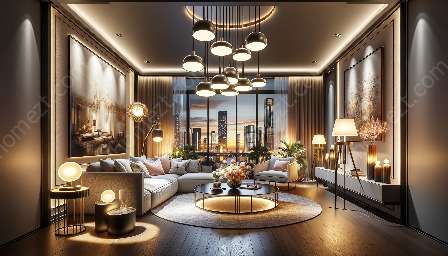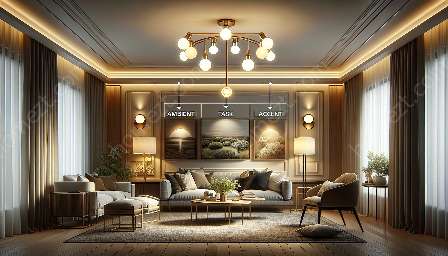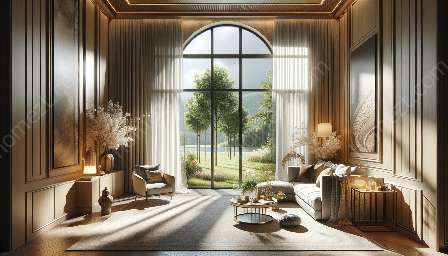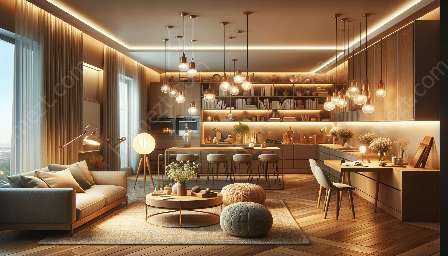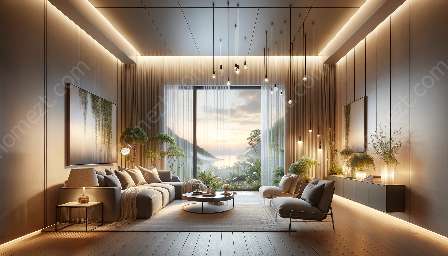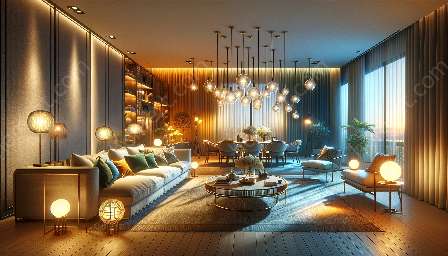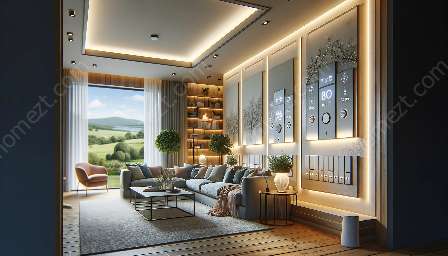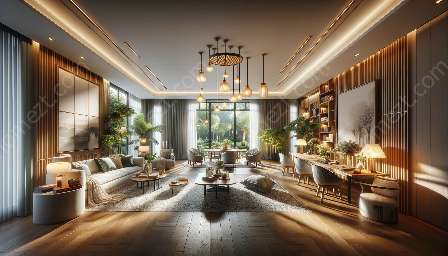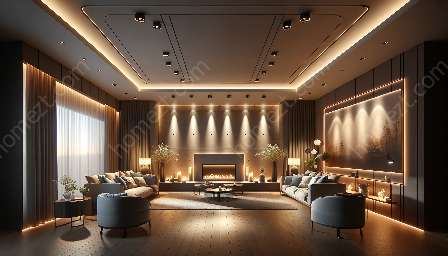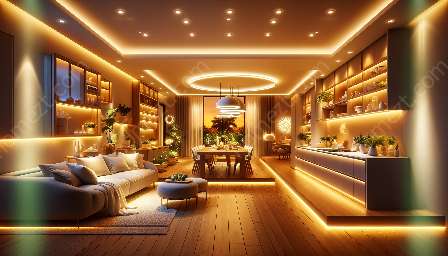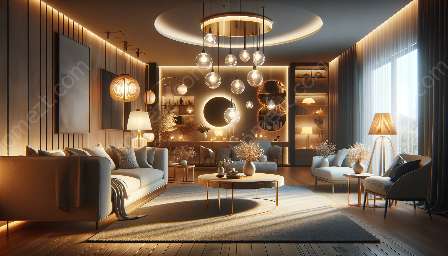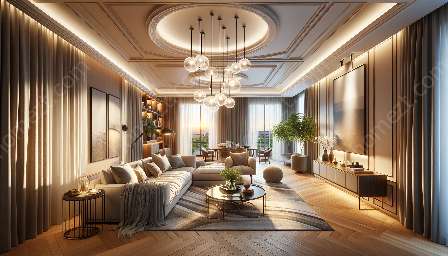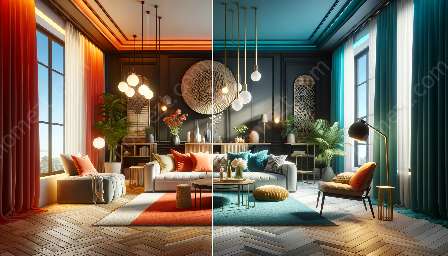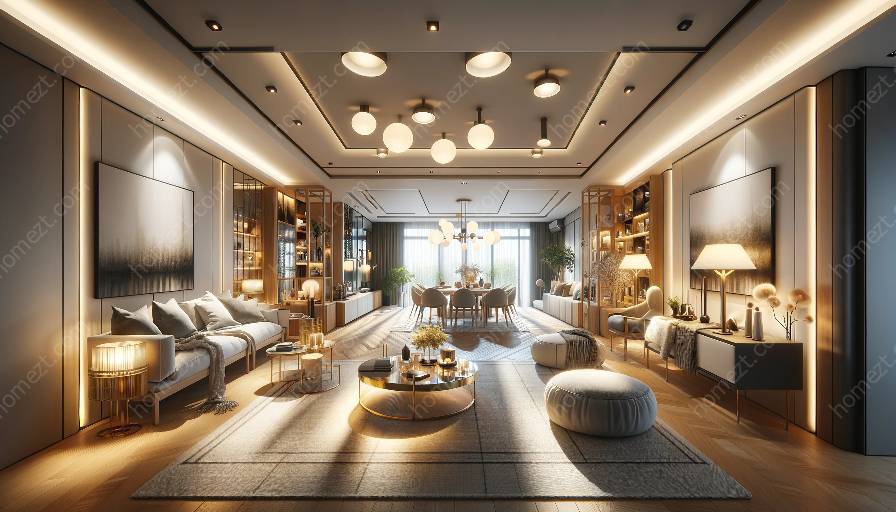Lighting placement plays a crucial role in enhancing the aesthetics and functionality of a space. When done thoughtfully, it can complement the overall lighting design and seamlessly integrate with home furnishings, creating an inviting and harmonious atmosphere.
Understanding the Importance of Lighting Placement
Proper lighting placement is essential for creating the right ambiance and highlighting the features of a room. It can accentuate architectural details, emphasize decorative elements, and contribute to the overall mood and atmosphere. Additionally, well-placed lighting can make a room feel more spacious and inviting, while poorly positioned lights can create glare and shadows, detracting from the visual appeal of the space.
Harmonizing Lighting Design and Home Furnishings
When considering lighting placement, it's important to take into account the existing home furnishings and the overall lighting design concept. Lighting should not only illuminate the space but also work in harmony with the furniture, decor, and color scheme. By strategically placing lights, you can draw attention to key focal points, create visual interest, and enhance the overall design scheme.
Tips for Successful Lighting Placement
1. Consider the function of the space: Before determining the placement of lights, consider the specific activities that will take place in the area. Different tasks may require different lighting solutions, such as ambient, task, or accent lighting.
2. Balance natural and artificial light: Blend natural light sources with artificial lighting to create a balanced and inviting environment. Positioning light fixtures near windows can help distribute light more evenly throughout the space.
3. Layer the lighting: Incorporate multiple layers of light, including ambient, task, and accent lighting, to add depth and flexibility to the lighting design. Use a combination of fixtures such as pendant lights, recessed lighting, and floor lamps to create varying levels of illumination.
4. Highlight architectural features: Use strategic lighting placement to highlight architectural elements, such as exposed beams, vaulted ceilings, or decorative moldings. This can add drama and visual interest to the space.
5. Consider scale and proportion: Choose lighting fixtures that are proportionate to the size of the room and the scale of the furnishings. Overly large or small fixtures can disrupt the visual balance of the space.
Implementing Lighting Placement in Different Rooms
Living Room: Balance ambient lighting with task lighting for reading or accentuating artwork. Place floor lamps near seating areas and use wall sconces to add visual interest.
Kitchen: Install under-cabinet lighting to illuminate countertops and consider pendant lights above the island for both functional and decorative purposes.
Bedroom: Use a combination of overhead lighting and bedside lamps to create a relaxing and cozy atmosphere. Consider the placement of lighting controls for convenience.
Dining Room: Position a chandelier or pendant light above the dining table to create a focal point and complement the dining furniture.
Final Thoughts
Lighting placement is an art that involves careful consideration of the interplay between lighting design and home furnishings. By understanding the significance of proper lighting placement, harmonizing it with the overall design scheme, and implementing practical tips, you can transform any space into a visually captivating and inviting environment.

